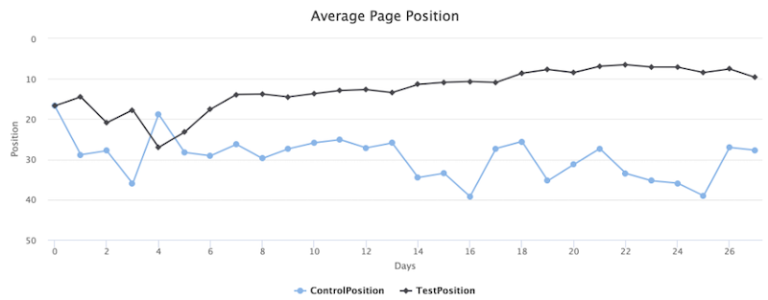Vertical lines can evoke feelings in the viewer. This image of a reusable water bottle conveys the brand’s sustainability efforts and a key selling feature: a removable lid. Source: TakeyaUSA.com.
Implied lines stem from the arrangement of elements in a photo. This hat, pillow, jug, and glass imply a diagonal line from the lower-left corner to the top right. Source: TakeyaUSA.com.
Diagonal lines can also create depth in an image, which is helpful in forming a story around a product. The image below is much more interesting with the diagonal shoreline in the background.
Lines in Photography
Lines can lead directly to a product and then terminate, such as the woman’s arms, which lead to the water bottle. Source: TakeyaUSA.com.


For example, the image above of a woman washing a reusable water bottle sends a powerful message about the brand’s sustainability efforts and a key selling feature: a removable lid. Viewers’ eyes follow the top of the flowing water before settling on the lid and the overall scene. It’s a compelling example of how product photography can provide a visual journey and prompt shoppers to contemplate an item’s utility.
Diagonal lines can create useful tension in product photography. Tension can improve engagement. For example, the diagonals in the image below of the towel and flowers drive viewers’ eyes to the coffee maker and its “smooth pouring” experience.

Lines direct the viewer’s eyes to the focal point of an image. Failure to employ lines correctly can make your images confusing or complicated, lowering conversions. Let’s look at the six types of lines for your product photography.
Lines direct the viewer’s eyes to the focal point of an image. Failure to employ lines correctly can make your images confusing or complicated, lowering conversions. Let’s look at the six types of lines for your product photography.
Lines direct the viewer’s eyes to the focal point of an image. Failure to employ lines correctly can make your images confusing or complicated, lowering conversions. Let’s look at the six types of lines for your product photography.
Lines direct the viewer’s eyes to the focal point of an image. Failure to employ lines correctly can make your images confusing or complicated, lowering conversions. Let’s look at the six types of lines for your product photography.
Lines direct the viewer’s eyes to the focal point of an image. Failure to employ lines correctly can make your images confusing or complicated, lowering conversions. Let’s look at the six types of lines for your product photography.
Interrupting a horizontal line with a product, such as this water bottle, draws attention. Source: TakeyaUSA.com.

The diagonal shoreline in the background of this image adds interest and engagement. Source: TakeyaUSA.com.
Diagonal lines can create useful tension. The diagonals of the towel and flowers in this image drive viewers’ eyes to the coffee maker. Source: TakeyaUSA.com.





![11 Creative [Copy & Paste!] Holiday Customer Appreciation Messages to Send This Year](https://research-institute.org/wp-content/uploads/2021/11/11-creative-copy-paste-holiday-customer-appreciation-messages-to-send-this-year.png)
